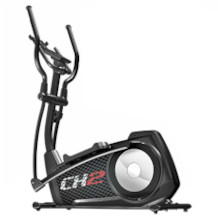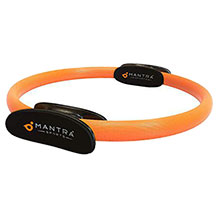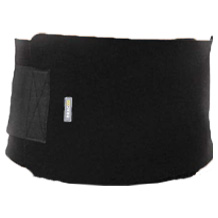Rowing machine purchasing advice: how to choose the right product
- The most important facts in brief
- A rower is an exercise bike that simulates the movements of a rowing boat.
- Rowing machines strengthen all the main muscle groups of the body and are often used for therapeutic purposes.
- There are two pull systems: cable and outrigger models. Rope pull models are best for beginners.
- There are five different resistance systems: air, water, magnetism, hydraulic and hybrid models.
- The decisive factor for choosing the right rowing machine is not only body size and weight, but also the respective equipment.
An investment in health
Many people do sport as a balance to their stressful working day. In the evening, however, they often lack the motivation to pack their sports bag and make their way to the gym – with the risk that all the equipment there may be occupied. On top of that, they have to expose themselves to the stares of all the members present. So it is not surprising that many people prefer to exercise within their own four walls. This is where a rowing machine comes in handy: Not only does the exercise bike offer amateurs a good way to keep fit at home, but it also allows rowers to pursue their training even when there is no body of water nearby or unfavourable weather conditions prevail.
This is how the machines came into our living rooms
Although rowing has existed for thousands of years, the rowing machine was not invented until the middle of the 20th century. In 1957, two Australians, John Harrison and Frank Cotton, developed the first rowing machine that worked with the help of an iron wheel and a magnetic resistance. In the 1970s, the machines were used for the first time to assess the fitness of athletes. Today, rowing machines can be found in almost every gym.
How it works: From rowing movements to whole-body activation
Rowing machines are used for endurance and strength training. Other common names for this fitness equipment are rowing ergometer, rowing machine and indoor rower. Athletes mimic the movements they would perform in a rowing boat. Exercisers have to overcome resistance using their arms, legs and upper body, which means they are using the same as they would when rowing in a real boat on water. Exercisers sit on a movable seat that slides forward and back on rails. They fix their feet on pedals for a stable hold and their hands grip the handle. First they bend their hip, knee and ankle joints so that their upper body is almost resting on their thighs. Then they pull the handle forcefully towards their upper body with both hands.
The amount of force used depends on the resistance level set. During the exercise, the entire torso area is constantly in motion. Since different muscle groups are used at the same time, training with a rowing machine activates the whole body.
The advantages compared to other exercise bikes
For a long time, the rowing machine was less popular than other exercise bikes, such as the treadmill, the bicycle ergometer or the cross trainer. In the meantime, it has long since established itself as a secret weapon among experts. Compared to other fitness equipment or even outdoor sports such as jogging and cycling, a rowing machine trains almost all muscle groups simultaneously. About 60 percent of the energy comes from the lower body, the remaining 40 percent from the upper body. Consequently, rowers complete a whole-body workout that boosts fat burning.
With other exercise bikes, the focus is more on the legs; the upper body is neglected. The bicycle ergometer, for example, primarily trains the abdominal muscles. The cross trainer strengthens many more muscle groups, but the arms are neglected because of the lower resistance. The treadmill is similar: in contrast to the rowing machine, it primarily strengthens the calf and thigh muscles, while the arms and upper body are less affected.
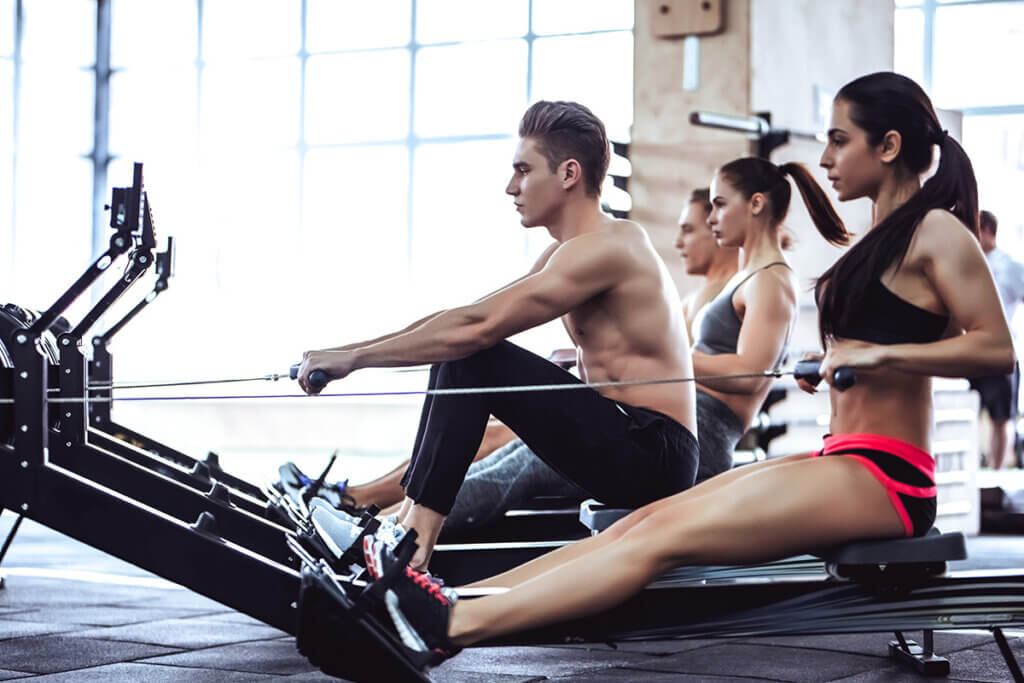
Hardly any other piece of sports equipment offers comparable versatility and trains both strength and endurance at the same time. This is particularly useful for anyone who prefers a compressed workout. Another advantage is that rowing hardly puts any strain on the joints compared to other endurance sports such as jogging. In contrast, users of a cross trainer, for example, have to be careful not to overload their hips. So if you are considering buying a home trainer, the all-rounder rowing machine is the best choice.
Whole-body training for everyone
Whether young or old, beginner or professional, a rowing machine is basically worthwhile for anyone who wants to exercise at home effectively and in a way that is easy on the joints.
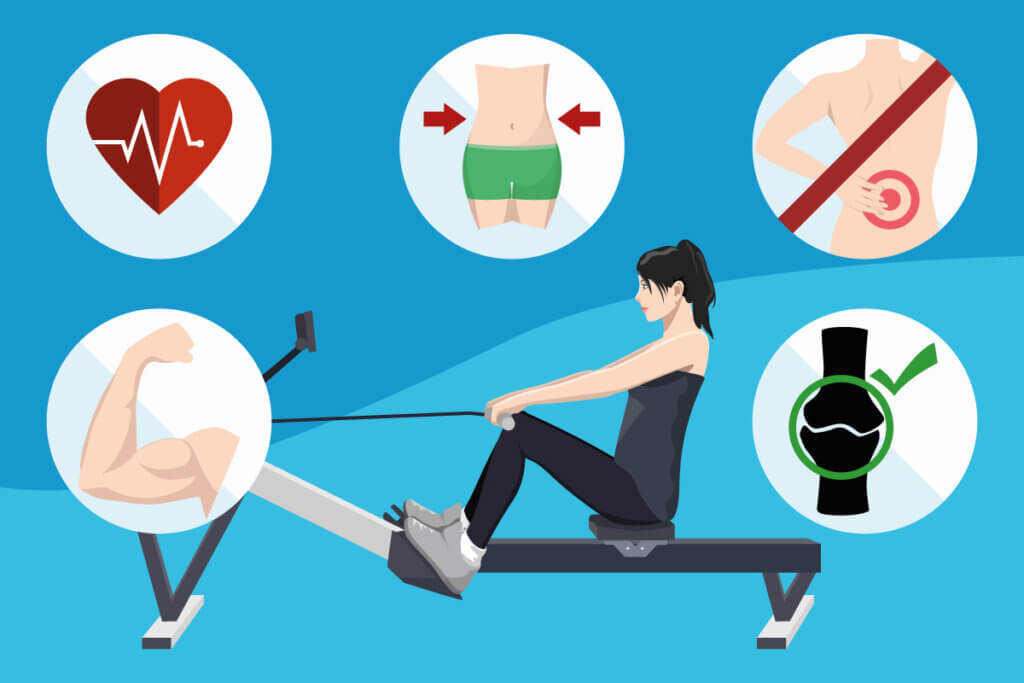
Muscle training and strength building
About 80 per cent of the body’s major muscle groups are involved in the typical rowing motion. Users therefore build muscles that contribute to an athletic appearance. Depending on how they perform the movement, they train different parts of the body to a greater extent, such as arms and legs, shoulders and neck or back and abdomen – or more precisely
- the large back muscle, the trapezius muscle and the back extensor,
- the front and back thighs,
- the calves,
- the gluteus maximus,
- the abdominal muscles,
- the posterior shoulder,
- the biceps and the forearm muscles and
- the flexor muscles of the fingers.
Strengthening endurance and the cardiovascular system
Depending on the intensity of the training, the focus is either on strength or endurance. Rowing therefore strengthens the muscles and the circulatory system. In a sense, users row themselves fitter with every stroke. The training promotes blood circulation, reduces the risk of vascular deposits and supplies the organism with oxygen. High blood pressure, strokes or even heart attacks and metabolic disorders are prevented, lung capacity and cardiac output are improved and the immune system is strengthened. The improved endurance in turn has a positive effect on fitness, the ability to concentrate and stress management.
Effective for weight loss
The strenuous workout with a rowing machine requires the body to expend a lot of energy. That’s why rowing burns a lot of calories per hour. Depending on the duration and intensity of the workout, users burn between 600 and 1,000 calories per hour. This makes it ideal for weight loss. The more often users exercise, the more calories they burn. You can achieve noticeable results with just two 45-minute training sessions per week.
Gentle on joints into old age
Thanks to the particularly gentle movements, rowing hardly puts any strain on the joints. The risk of injury is therefore minimal. This is particularly beneficial for inexperienced, older or overweight people. Even people who have problems with their joints or back can use a rowing machine without hesitation. It even helps to strengthen the back and abdominal muscles and thus combat the causes of back pain. The training stabilises the spine, which prevents or alleviates such complaints and also improves posture. In addition, rowing is suitable as a compensatory sport for people with a sedentary occupation, such as an office job, who already suffer from a permanent strain on the back or posture problems.
Rowing in prevention and rehabilitation
Due to the low load on the joints, rowing ergometers are also well suited as therapy equipment for prevention and rehabilitation, for example in the case of orthopaedic problems. Strengthening the muscles has a positive effect on the body’s mobility and performance. In addition, the strengthened muscles protect joints, tendons, cartilage and ligaments from incorrect strain or even osteoporosis. Doctors also recommend moderate cardiovascular training for people with diabetes, heart rhythm disorders or high blood pressure. However, people who have already suffered a heart attack or arterial occlusion should exercise with caution. Starting too intensively could lead to a collapse. Therefore, we recommend consulting a doctor before starting training.
The right model for every workout
Rowing machines differ primarily in terms of the traction and braking system. Which model is best suited to your needs depends on what goals you want to achieve.
What pull systems are available for rowing machines?
There are two types of traction system: rowing machines with a boom system and those with a cable system. Models with the outrigger system have two lateral outriggers, just like a rowing boat, which enables an authentic workout, but can quickly lead to incorrect strain if the movement is incorrect. Untrained people in particular should therefore opt instead for a grip system with a cable pull. With these models, the force is transmitted via a rope or band with a handlebar. This ensures a smooth movement.
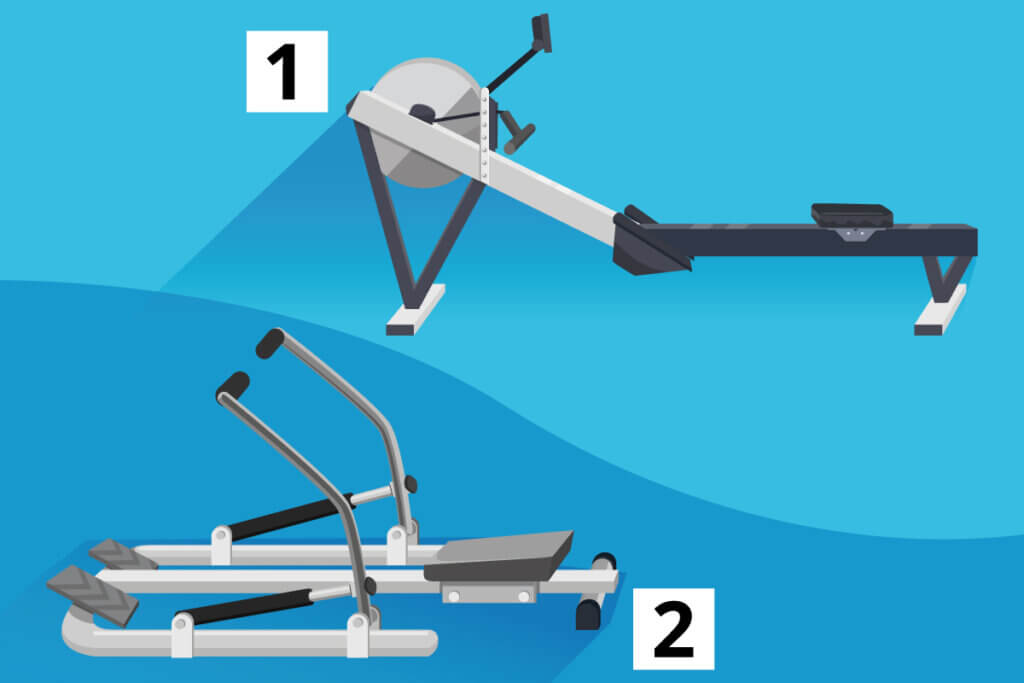
Rowing machines with cable pull
Rowing beginners are best advised to use a cable-operated model, on the one hand because the movement sequence is easy to learn, and on the other hand because the steady movements are easier to perform. This model has a pull bar in the middle of the machine, which users pull with both hands. The T-handle is connected to a drive cable, which in turn leads to a brake element in the base. Exercisers move this cable with their arms and upper body while sliding back and forth on the seat. The cable is usually a little longer than the outrigger system, which means that the workout targets more parts of the body. Nowadays, almost all manufacturers equip their rowing machines with the cable pull system.
Rowing machines with outriggers
A rower equipped with the outrigger system has a rowing handle on the right and left side, which can be moved independently of each other and thus imitate the real rowing movement. Exercisers therefore move each arm separately. The system assumes that users have already mastered the technique. This is why it is particularly suitable for advanced to professional athletes, such as rowers who want to continue training in winter. Since a hydraulic resistance system is usually used here, flowing movements such as with the cable pull are hardly feasible. Both arms would have to be pulled simultaneously and, above all, evenly. Otherwise, the load could be incorrect. There are correspondingly few machines of this type on the market.
What resistance systems are available for rowing machines?
Although the mechanics of rowing remain the same, the machines come with different resistance systems. The stronger the resistance setting, the more demanding the workout. There are five different braking systems, each of which has a different effect on the training experience: water resistance, air resistance, hydraulic resistance, magnetic resistance and a combined air and magnetic braking system.
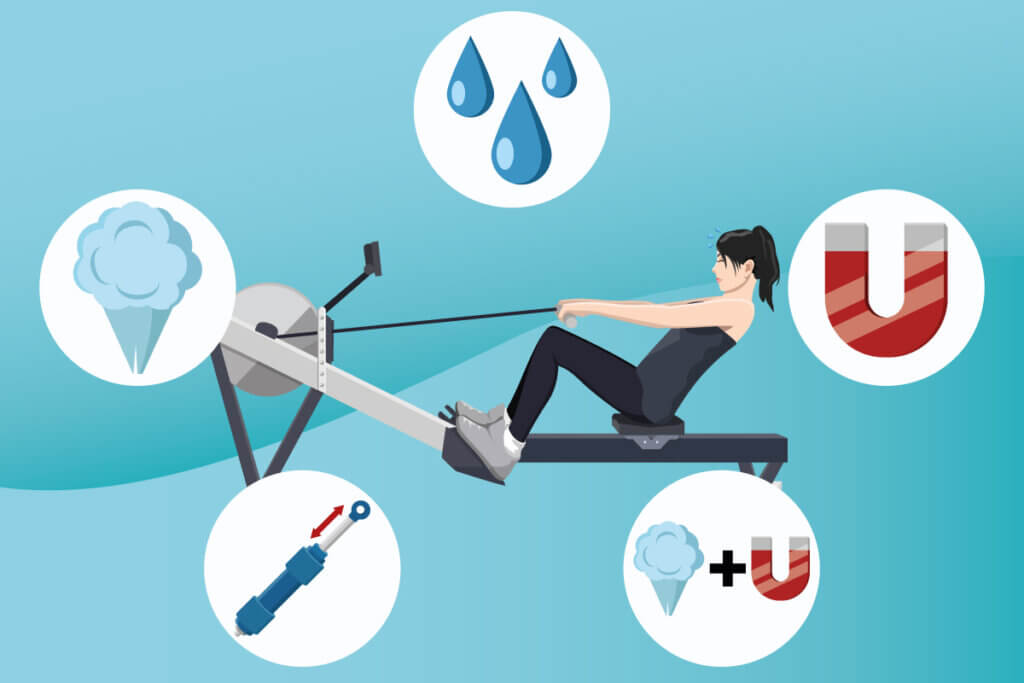
Air resistance
Rowing machines with air resistance come very close to the real rowing feeling. Users pull on a pulley, which in turn drives a windmill. A certain volume of air is displaced with each pull. Users must therefore overcome a certain amount of air in a container. The higher the resistance setting, the more air is transported into the windmill; the pull thus becomes stronger. In addition, a faster or more intensive pull causes more air to move against the wheel, which also increases the resistance. Users can therefore influence the resistance through their own training behaviour. The connection to the mains and thus also the input on an on-board computer are therefore unnecessary. However, there is a mechanical adjustment option for the air resistance.
Air brakes are particularly well-suited for beginners, as they allow gentle pulling and are largely intuitive to operate. The movements are fluid. Besides, the generated air draft is perceived as very pleasant. The catch: rowing machines with air resistance are usually louder than other types.
Plus Points
- Real rowing feeling
- Automatic resistance adjustment
- Pleasant motion sequence
- No power supply necessary
- Pleasant airflow
Drawbacks
- High noise level
Water resistance
In rowing machines with water resistance, also called water rower, a water-filled container with a paddle serves as a brake. When exercisers pull on the cable, water turbulence is created. The harder they row, the stronger these swirls become. The resistance is also adapted to the intensity. In this way, users can train individually. It is also possible to adjust the basic resistance via the amount of water in the tank. This creates a very realistic rowing feeling.
Compared to the other resistance systems, the water resistance is very pleasant; the transitions from one pull to the next are smooth. The system minimises the risk of making incorrect adjustments, which is why it is highly recommended for beginners. In addition, the machines score points with their natural charm: with each pull, a splashing sound is produced that transports the exerciser’s thoughts directly to the water. However, they are relatively expensive and require a lot of maintenance. After all, users have to replace the water regularly.
Air brakes are particularly well-suited for beginners, as they allow gentle pulling and are largely intuitive to operate. The movements are fluid. Besides, the generated air draft is perceived as very pleasant. The catch: rowing machines with air resistance are usually louder than other types.
Plus Points
- Very realistic rowing feeling
- Pleasant splashing of the water
- Individual resistance adjustment
- Pleasant motion sequence
- No power supply necessary
Drawbacks
- Relatively high acquisition costs
- High maintenance effort
Magnetic braking system
The magnetic braking system is familiar from bicycle ergometers, among other things. The pulling movement drives a flywheel, which is braked by a permanent or electromagnet. The closer the magnet is to the flywheel, the stronger the braking effect. The resistance therefore depends on the distance between the magnet and the flywheel mass. The size of the flywheel mass is also decisive for the resistance; after all, the larger the flywheel, the more force the user needs to set it in motion. The resistance remains the same regardless of the rowing speed. An individual training style is therefore only possible to a limited extent with rowing machines with magnetic resistance.
The magnetic resistance ensures a harmonious, even motion sequence. Setting the desired pull resistance is also extremely convenient, either manually or via the on-board computer. With more than 15 levels, the magnetic resistance system offers the greatest scope for setting a level of difficulty that suits the exerciser. In addition, it is characterised by a particularly low noise level, which makes these machines ideal for rented flats, among others. Since there is no friction, they are also almost maintenance-free.
Air brakes are particularly well-suited for beginners, as they allow gentle pulling and are largely intuitive to operate. The movements are fluid. Besides, the generated air draft is perceived as very pleasant. The catch: rowing machines with air resistance are usually louder than other types.
Plus Points
- Extremely low noise
- Almost maintenance-free
- Plenty of scope for adjusting the resistance
- Uniform rudder movement
Drawbacks
- Individual training style only possible to a limited extent
- Resistance remains the same regardless of speed
Hydraulic system
The hydraulic system is found on almost every rowing machine with outriggers. Via the forward and backward movement, the hydraulic cylinders generate a counterpressure that acts as resistance. This can be adjusted as desired using an adjusting wheel or lever force. Compared to the other systems, the movement is not exactly fluid.
Although the devices with hydraulic systems are very inexpensive, they are also susceptible to defects. This is due to the fact that the cylinders have a limited lifespan. They are ideal for anyone who wants to try out this type of training without making a large investment.
Air brakes are particularly well-suited for beginners, as they allow gentle pulling and are largely intuitive to operate. The movements are fluid. Besides, the generated air draft is perceived as very pleasant. The catch: rowing machines with air resistance are usually louder than other types.
- Very inexpensive
- No power connection necessary
Drawbacks
- Less natural movement
- Limited service life
Hybrid system
In addition to the single system solutions, there are also hybrid devices, which are a combination of air and magnetic systems. With these devices, the resistance level can be adjusted electrically via a handle. At the same time, the resistance is dependent on the strength of the pull. This means that the training resistance can be adjusted very finely.
Although the machines are quieter than models that only work with air resistance, they are louder than rowing machines with pure magnetic resistance. In addition, the rowing feeling here is more realistic than on models with a magnetic braking system, but less precise than on rowing machines with air resistance. Hybrid machines are suitable for beginners as well as for advanced rowers and rowing enthusiasts.
What to look for when buying a rowing machine
Before buying a rowing machine, there are some important aspects to consider. The decision for a certain model also depends on whether it should be a beginner’s or a professional machine.
How much space do rowing machines need?
Measure the available space beforehand to make sure you can definitely accommodate your new rowing machine. You should also be able to get on and off the machine comfortably and be able to perform the rowing movements of your arms freely. There is hardly any difference in height between rowing ergometers: when set up, they rise about half a metre in height. The length and width, however, vary greatly. So how much space do you have to plan for a rowing machine? With a width of 50 to 70 centimetres, it is quite narrow. In terms of length, you need to plan for about 1.5 to 2.0 metres.
To make it easier for users to store them and, above all, to save space, many rowing machines are collapsible. To do this, you have to open the screws on some models and raise the seat rail on others. This compact solution is particularly useful if there is little space available in the living room. If you fold up the unit, the ceiling height must be taken into account. Alternatively, it should at least be equipped with transport wheels.
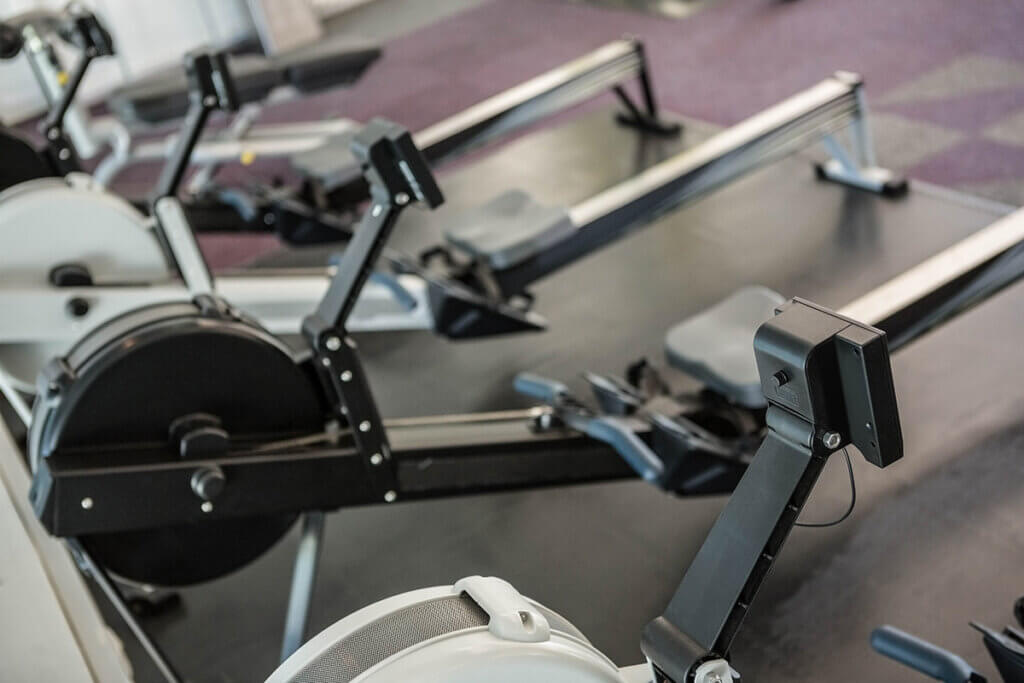
The weight of a common rowing ergometer ranges from 22 to 60 kilograms, depending on the model. Since the particularly lightweight machines are not very stable, we recommend models weighing about 30 kilograms or more. However, the weight always depends on the material of the rowing machine:
- Plastic is light, but also susceptible to defects.
- Steel is heavy, but solid.
- Aluminium is both light and sturdy.
Maximum load capacity and user size
Deciding on a particular rowing machine depends on how tall and how heavy you are. So pay attention to the maximum weight capacity – especially if you want to lose weight with the rowing machine. The permissible body weight is usually between 120 and 200 kilograms. Particularly inexpensive machines start at a maximum weight of 90 kilograms, but are usually too wobbly to be able to train dynamically and safely on them.
Also, choose a machine that fits your height. Although the standard sizes of rowing machines are sufficient for users with a body height of 1.65 to 1.90 metres, if you are taller or shorter, you should look for a machine with an adjustable seat position. The seat should therefore be widely adjustable so that everyone can accommodate their legs. When you sit on it, there should still be some room to the back with your knees stretched out. This is the only way for tall people to be able to perform the full range of motion. A machine of the right size therefore promotes the training effect and prevents injuries. In addition to the seat, the rower and the pedals should ideally also be adjustable.
How many resistances do rowing machines have?
The resistance rating of rowing machines refers to the counterforce that users have to overcome with their muscle power in order to set the pull system in motion and perform the rowing movement. The higher the resistance, the more intensively they train their muscles. A larger number of adjustable resistance levels allows phase training. This means that the difficulty increases gently and decreases again in the course of a training session. Very inexpensive rowing machines have only 3 resistance levels, so the classification is very rough. A minimum of 8 levels is recommended. Advanced rowers are better off with 15 to 20 settings.
Useful additional equipment
The equipment of a modern rowing machine includes a training computer with various programmes, an interface for heart rate measurement and a connection to the smartphone.
Compared to other home trainers, an integrated training computer is less important for rowing machines because the resistance can usually be adjusted separately; nevertheless, athletes train more efficiently with it. The computers are suitable for optimising the training process and finding out where weaknesses lie. Users can view statistics and see directly how they have improved, giving them the motivation they need to achieve their fitness goals. Usually, everyone can decide for themselves what information the computer displays, be it calories burned, distance covered or strokes per minute. The most important thing is that the display is sufficiently large, easy to read and recognisable from the training position. If the machine is used by several people, make sure that the rowing machine can store different profiles so that each person can check their progress separately.
Models with different training programmes are ideal for a varied workout. Common programmes include endurance and heart rate programmes. Here, the device automatically adjusts the resistance to train at the desired heart rate. Pulse sensors are often located on the handles. Other models are equipped with an ear clip. Many high-quality devices can also be connected to a heart rate belt. This shows the heart rate much more accurately.
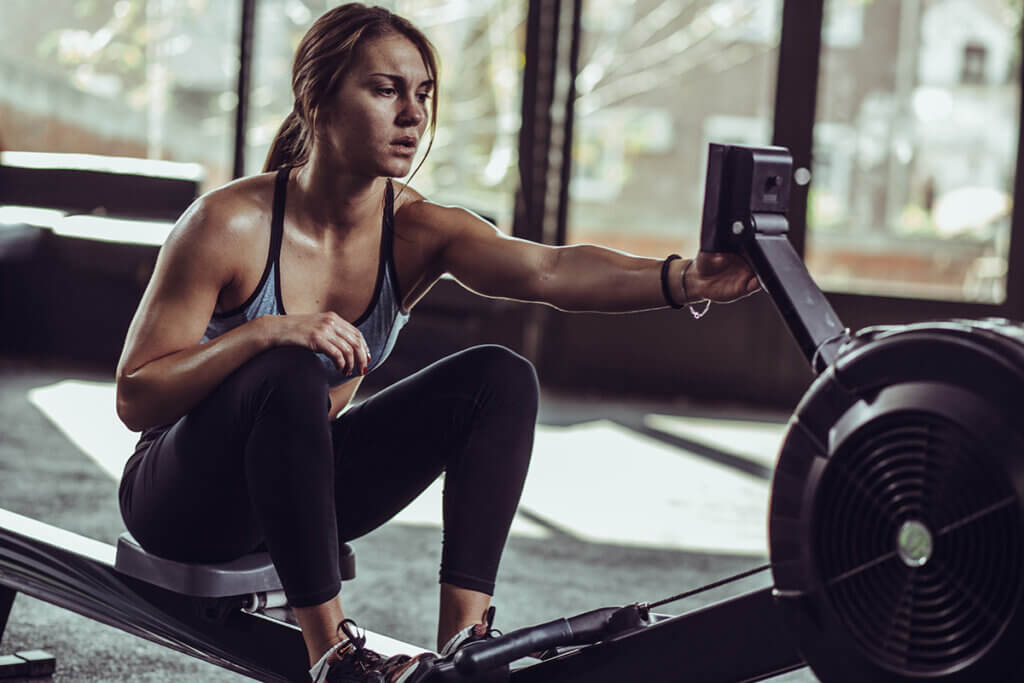
If the rowing machine has a USB interface, the data can be easily transferred to a computer. This equipment is particularly worthwhile for competitive athletes or therapists who want to compare, evaluate and document training units in detail. Hobby rowers, on the other hand, can do without it.
The question of price: from entry-level to professional equipment
The price range starts in the two-digit range and ends in the four-digit range. Although there are already very inexpensive rowing machines, these models are likely to wear out quickly. After all, the machine is subjected to a lot of wear and tear. Moreover, consumers should not save at the wrong end when it comes to their health. For this, a solidly built model is needed. Robust entry-level models should cost at least 300 euros. For reliable equipment with a training computer, interested parties need to spend at least 600 euros. Top models and multi-purpose machines often cost more than 1,000 euros. However, these are less worthwhile for occasional users than for competitive athletes.
Safe at the helm
Safety should not be neglected either. If there are test seals on the equipment, the risk of injury is reduced to a minimum, because these guarantee a high quality of workmanship. These include, among others, the TÜV or CE certificate. In addition, users should ensure an ergonomic posture and follow the instructions for use in order to exercise safely at all times.
Training with the rowing machine
If you have found the right rowing machine for you, you may be wondering what to look out for during training. In the following, we will give you some tips on how to train, explain what pulse-controlled training is all about and which accessories are useful.
Training tips for the right rowing technique: Grab the handles, get set, go!
Training with a rowing machine is not complicated in itself. Nevertheless, you should follow a few tips – on the one hand, so that you do not injure yourself, and on the other hand, so that you achieve optimal training effects. It is especially risky for your own health if you do not perform the exercises properly.
The procedure: Move by move
Now that all the dos and don’ts have been clarified, it’s time for the actual procedure. It looks like this:
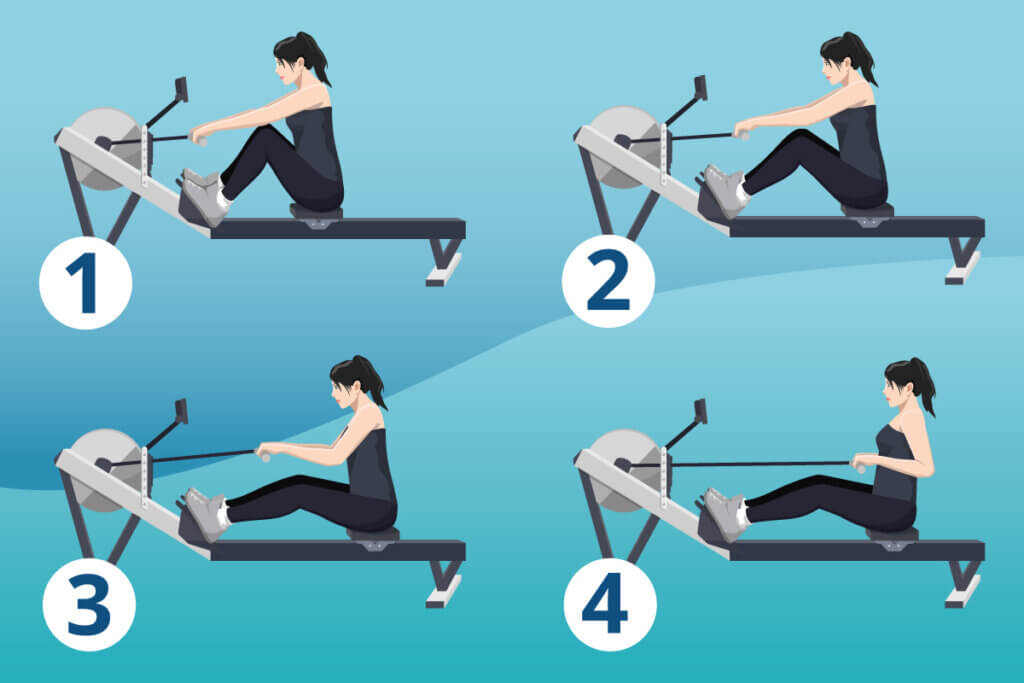
In the start position your legs are bent and your upper body is bent forward. Grasp the outriggers or the pulley. Push yourself backwards with your legs and at the same time pull both arms back slightly below the level of your collarbone until you have the outrigger arms or the handle in front of your chest. Extend your arms again in a controlled sliding motion until they are above your knees. Now bend your legs and bring your torso forward.
The workout is thus divided into two phases: the recovery phase and the pulling phase. Paying attention to the sequence is elementary: legs, back and arms in the first phase; the reverse sequence in the second phase.
The Dos and Don’ts
First and foremost, posture is important: An upright upper body is essential for performing the workout. The upper body should be straight, but not vertical, but slightly tilted backwards. On the other hand, it is important to avoid an evasive movement into a backward position. In this case, the back would take over the efforts of the arm muscles and become tense. If the posture is too slack, the result is a hunched back, which puts strain on the intervertebral discs. If the head hangs forward, there is a lever effect on the upper vertebrae, which can lead to back pain. If, on the other hand, you regularly use the rowing machine in an ergonomically correct manner, you will strengthen your back muscles, which will result in an upright posture.
Follow the tips below to keep the risk of injury as low as possible:
- Warm up for a few minutes before training to promote blood circulation and slowly prepare the body (warm-up).
- Monitor your heart rate during training to avoid under- or even overload.
- Ideally, the elbow, forearm, hand and rope should form a straight line.
- Keep your stomach and back permanently tense.
- Breathe in as soon as you move forward. Breathe out as soon as you pull on the handle.
- Do not move too quickly, but rather ensure a harmonious sequence of movements.
- Increase the intensity or time gradually (starting with about 20 to 25 moves per minute) without overdoing it.
- Do not look down or up, but keep your head straight.
- Make sure that your neck and shoulders remain relaxed.
- Slowly wind down the workout. So gradually reduce the intensity in the last few minutes.
- Stretch for about 90 minutes after the workout (cool-down).
Focusing on the correct sequence of movements is the key. Nevertheless, in addition to a too low or too pronounced supine position and a hunched back, the following mistakes are often made, especially in the beginning:
- Using the upper body too early,
- breaking off the pull-through too early
- bending of the wrists,
- pulling up the shoulders,
- elbows too far away from the body, and
- footstraps that are too loose or too tight.
The right distribution of power
Imagine that when you row, about 60 percent of your strength comes from your legs; about 30 percent should come from your torso, and only a small 10 percent is contributed by your arms. Beginners usually find it difficult to find the right balance because they transfer more power to their thighs. Advanced exercisers, on the other hand, usually pull too hard with their arms, while neglecting their legs more and more. Ideally, you should first push off with your legs, then lean slightly backwards and then pull your arms towards your body. The angle at which you lean back should not be more than 45 degrees. It is important that you do the pushing off, leaning back and pulling in a circular motion.
Dry land exercises
As a precaution, do a few dry runs. So train pushing off first, then leaning back and then pulling – each in combination with the previously performed movement.
Recommendations for speed, duration and intensity
Two to three training sessions per week are recommended. For beginners, 15-minute sessions are quite sufficient, because especially at the beginning you should approach the new kind of load moderately. It is important that you listen to your body. If in doubt, start with a shorter training session and then increase. Advanced exercisers can increase the sessions to 20 to 30 minutes. As far as speed and intensity are concerned, the following applies: do not row too fast, but rather powerfully. Increase the intensity gradually. At the beginning, concentrate mainly on technique. Only then, when you have fully internalised the movement sequence, should you pick up a higher speed.
If you use the machine for endurance training, set a low resistance and perform the movements faster. In this case you will be exercising for a longer period of time. If you use the machine for muscle building, set a higher resistance and perform the movements more slowly.
Planning pays off
Ideally, follow a training plan to make quick progress. For example, initially set yourself the goal of rowing for 15 minutes every day. After a week, add five minutes so that you have reached 20 minutes a day. However, especially if the training sessions become longer, you should make sure to take regular breaks.
Interval training versus pulse-controlled training
If you continuously run a certain distance or time at a similar pace, you will hardly achieve any leaps in performance. Interval training (also known as HIIT, or “High Intensity Interval Training”) offers a decisive advantage over the usual continuous training: it is varied. More precisely, it involves alternately pushing the body to its performance limits and then allowing it short recovery phases of reduced training intensity, which gets the cardiovascular system going more. The fat or calorie burning, muscle building and endurance increase are therefore many times more intensive than with a constant training load. In addition, you still have an “afterburn” effect 24 hours after HIIT, which also causes increased calorie consumption during the rest phase.
Before you start interval training, warm up well. Be careful not to exhaust yourself at the beginning so that performance does not drop off in the following runs. So find a pace where you can do all the intervals at a steady pace.
In addition to interval training, there is also pulse-controlled training. This allows you to burn fat at an optimal rate. Machines with pulse-controlled training programmes automatically adjust the resistance to the degree of exertion. To do this, you enter the desired heart rate zone in which you want to row and have it monitored by the device. You can therefore concentrate fully on your training and rely on the rowing machine to always automatically provide you with an optimised challenge.
Heart rate is commonly used as a reliable indicator of the body’s workload. The maximum heart rate, i.e. the number of heartbeats per minute you should achieve at maximum effort, is individual for each person, but the following rule of thumb serves as a guide:
- Men: maximum heart rate = 220 – age
- Women: maximum heart rate = 226 – age
For beginners, it is sufficient to train at half the maximum heart rate. The following table provides an overview of which training effect can usually be achieved with which heart rate:
| Level | Heart Rate | Zone |
|---|---|---|
| Very light | 50 bis 60 percent of maximum | Health zone |
| Light | 60 bis 70 percent of maximum | Fat burning zone |
| Moderate | 70 bis 80 percent of maximum | Fitness zone |
| Intense | 80 bis 90 percent of maximum | Anaerobic zone |
| Maximum | 90 bis 100 percent of maximum | Competition zone |
Useful accessories
There is a huge amount of additional equipment in the fitness sector. We consider the following accessories useful for rowing machines:
- Chest strap: With a chest strap you can measure your pulse precisely and keep an eye on it during your workout. It can usually be linked to the rowing machine.
- Floor protection mat: Depending on the surface, a floor protection mat is recommended or even indispensable. It not only protects sensitive floors from pressure marks, scratches or sweat residue, but also dampens training noises.
- Anti-slip pad: During high-intensity training, the palms of the hands quickly become wet with sweat, so that the rowing handle threatens to slip away. Special pads made of hard foam that can be slid onto the handle absorb the sweat.
- Seat cushion: Sitting on the rowing machine should be so comfortable that you still don’t feel any pressure pain in your buttocks even after an hour of training. Seat pads are therefore usually filled with gel, ergonomically shaped and softly padded.
- Gloves: For advanced exercisers, it is worth buying training gloves. After all, you have to grip the handle more tightly with greater resistance, which can lead to painful calluses.
- Smartphone or laptop holder: With a holder, you can place your mobile phone or laptop on the device to break up the workout with your favourite music, for example.


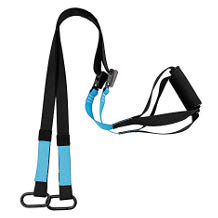
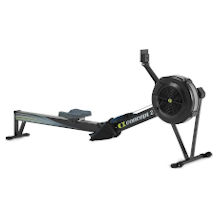
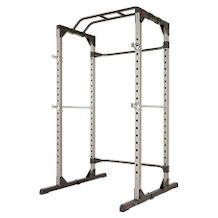
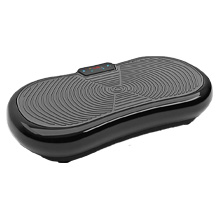

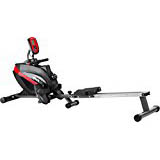
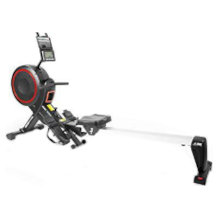
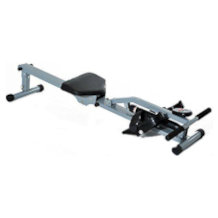
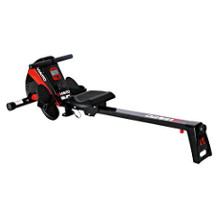
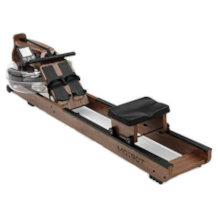
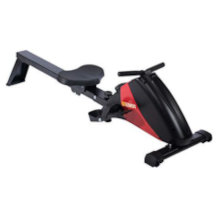

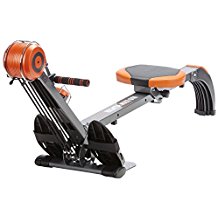
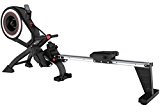
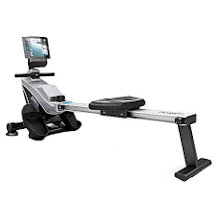
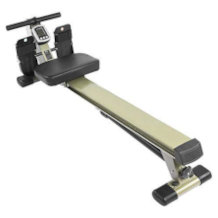
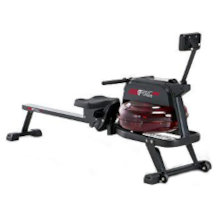
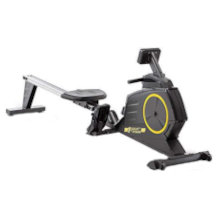
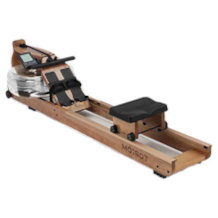
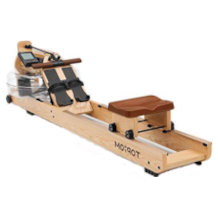

 9,529 reviews
9,529 reviews
